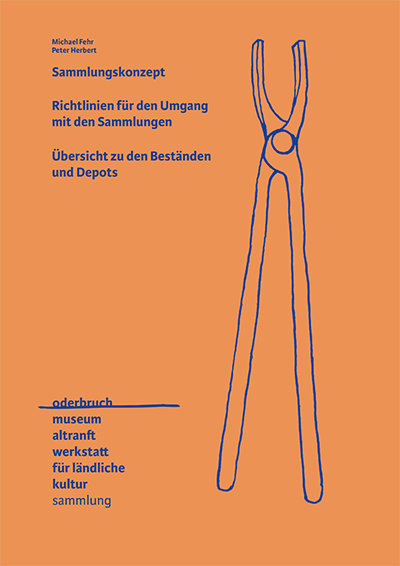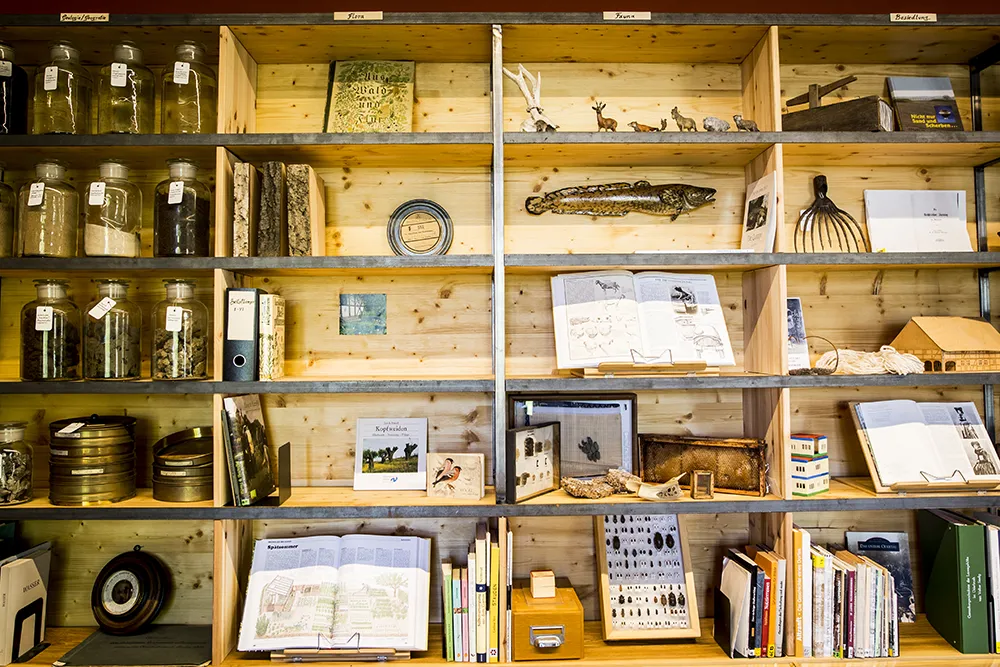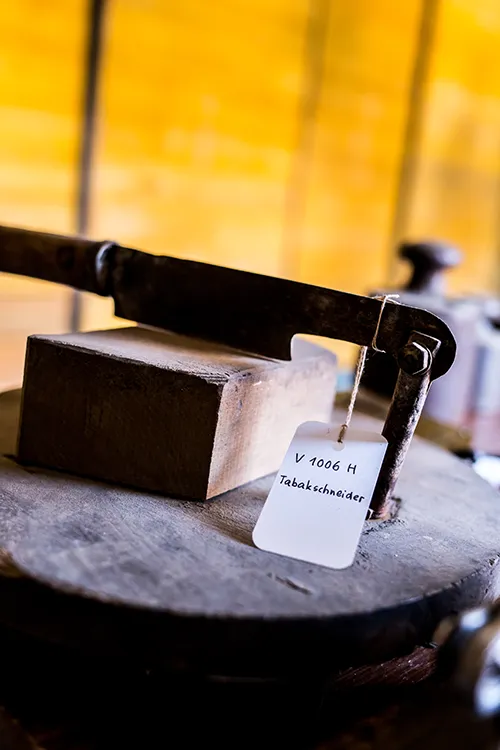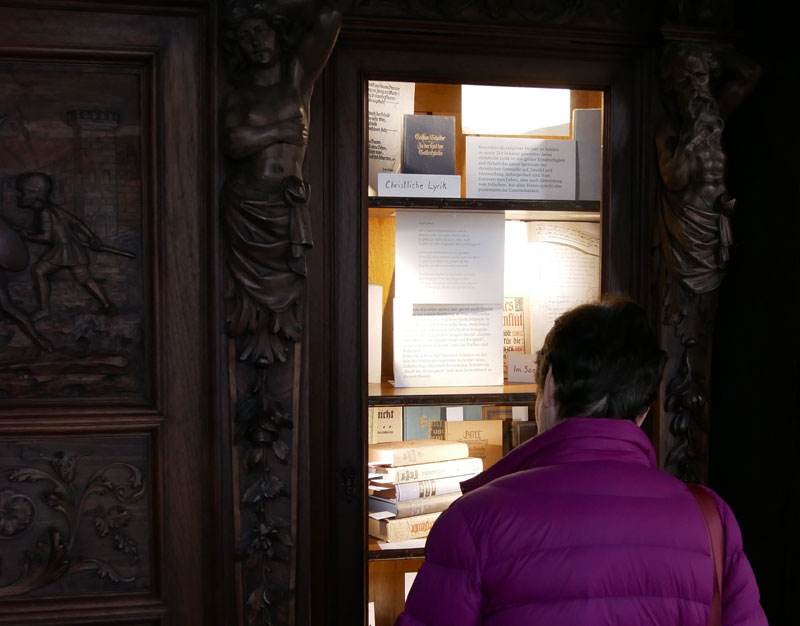The Oderbruchmuseum's collection is based on the object inventory of its predecessor institution, the Altranft Open-Air Museum. Between 2016 and 2020, Dr. Michael Fehr and Peter Herbert undertook a fundamental revision of the collection, while a new collection concept was developed at the same time, in which the existing depots and objects are described.
You can find the collection concept here.

Since 2016, the Oderbruchmuseum has been collecting with restraint and with a stronger regional focus; the objects collected should have been produced in the Oderbruch or have had a context of use here. Since the revision, there has been a larger collection of objects that can be used for artistic or educational projects. The museum's properties - the central object collection of the open-air museum with Manor house (castle), Blacksmith's yard, Farm (Berg-Schmidt-Hof) and Farm worker's house (fisherman's house) - have been retained and further developed.
Selected more recent objects are also included in the collection. The only continuous systematic collection activity takes place in the educational project Homeland work This is because objects from the working world of the Oderbruch are brought together here every year in a special "Mitgebselsammlung".
A key role is played by the continuous display and joint understanding and management of the collection. This is the purpose of the Studiolo in the castle and the Show depot in the Berg-Schmidt-Hof. The depot in the Schmiedegehöft is also repeatedly opened and presented.
In 2024, the Oderbruch Museum took over the estate of the poet Gustav Schüler and set up an openly accessible Archive in.



The collection manager is Nadja Hirsch: n.hirsch@oderbruchmuseum.de
In addition to the museum itself, the museum also participates in exchanges with other museums in Brandenburg, especially with the collecting heritage sites of the Oderbruch.
In addition, we refer to "Brandenburg collects", an online platform for the cultural heritage of museums in Brandenburg. Explore highlight collections or discover interesting introductory topics.
Further reading: Kenneth Anders (2021): Collecting in public. Spatial solution attempts at the Oderbruch Museum Altranft. In: Museum journals. Announcements of the Brandenburg Museum Association, July 2021:14-17